Ludwig Zeller: Introspectre – Optocoupler – Dromolux , Affective Objects 2011
http://www.youtube.com/watch?v=bPvPEMu5FtI&list=UUN8Aax8XICzHJzLScciViWQ&index=26&feature=plcp
When I first watched this video, I was immediately confused. The sounds, the camera angles, the close ups of the man’s face, then the man reading messages as the gaps between words became shorter and tempo faster, and finally, the final scene. To me, it felt like the last part didn’t match up as well to the others ones. In the first two segments, the man putting together a puzzle, and what looked like some kind of interaction between the man’s gear on his body and the metal object towards the end of the desk, it seemed as though there was some kind of research and testing going on, whether it be about scientific reactions or social reactions, more so on the scientific side. As for the last segment, the test seemed to be way more social, and pleasing. The audio was still abstract in all three, but the first two made me feel anxious, where the last one made me feel relaxed.
So then I looked it up; it was about information technology, which made sense. The “Introspectre”, the machine from the first scene, is one that forces you to concentrate by giving an audio of your brain activity, so that when you are about to “drift off into your thoughts”, or break concentration, you will hear a warning as the audio becomes increasingly abstract and anxious. The “Dromolux”, which was the machine in the scene with the man reading words at increasing increments of time, was about dementia, where the machine was trying to act as almost a catalyst to the disease, used as both prevention and treatment. The “Optocoupler”, which was the last scene’s machine, was to help with caffeine and alcohol. It’s trying to provide a depressant that will relax the mind digitally. This was a really cool piece in my opinion, but made me feel a bit anxious and out of body.
Sites Used:
http://www.ludwigzeller.de/project/new-needs.html
Hye Yeon Nam – Please Smile, Robotic Installation 2011
http://www.youtube.com/watch?v=C2-QiQzp67Q&list=UUN8Aax8XICzHJzLScciViWQ&index=10&feature=plcp
I really liked this one from the start. The robots, at first, seemed a bit depressing, but in the end, became almost whimsical and fun to me. Responding to a person’s smile, the robots seemed like they were just lonely and needed a little love and care. They have gestures for facial expressions a person makes, responding to movements, gestures, expressions, and especially a smile. When a person smiles, the robots all wave, where as, when the person does most other things, the robots mimic and point nervously. I thought that it was a very interesting way to show an interaction between robot and human, using hands instead of the face, and it made me question whether the artist did that purposefully, maybe trying to respond to, or make the audience respond to the sometimes forgotten and overlooked need for our hands, especially with technology and computers.
After looking up the installation and artist on Google, I found that this piece was a tool that the artist was using to “foster positive audience behaviors”. That’s pretty cool… in some ways, could be viewed as controlling, but I had a positive reaction to it. Another cool thing was that the only materials used were a microcontroller, a camera, a computer, five external power supplies, and five plastic skeleton arms, each with four motors.
Articles Used:
http://www.hynam.org/HY/ple.html
Mihai Bonciu- Mirror, Kinetic sculpture 2011
http://www.youtube.com/watch?v=BJ9OkFQFs4U&list=UUN8Aax8XICzHJzLScciViWQ&index=32&feature=plcp
The camera angles were really nice and confusing, increasing the mystery of the object for me, the viewer. This video was probably my favorite in terms of how it was shot, making it seem like the factors of both kinetic sculpture and video became more separate and prominent, a feature I enjoyed. Though, once I saw the object, the robotic face, moving, I laughed, finding it both funny and confusing, and I believe it’s most likely because of my interpretation of the title of the piece, Mirror. Before watching the video, strictly because of the preview picture and title, I thought that it was going to be a robotic face mimicked a person’s expressions, that it was going to be an interactive piece. First of all, the way the robot’s face was moving was in no way human-like. It was as if a person could do the wave using only their face muscles. With that said, it was really cool looking, interesting in an almost creepy and mysterious way, where all I could picture was a person trying to make those movements. Also, it did end up being an interactive piece, but not in the way I expected. Instead, the machine relied on the help of a human to make it move, which made me ponder whether this was a piece responding to some concerns about artificial intelligence, that the human race would still be in control over the technology.
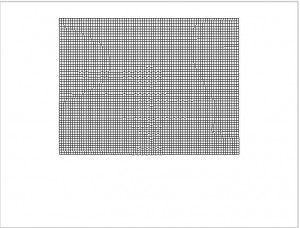
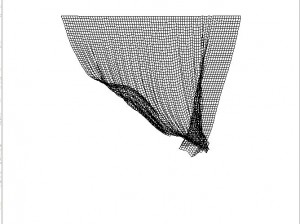

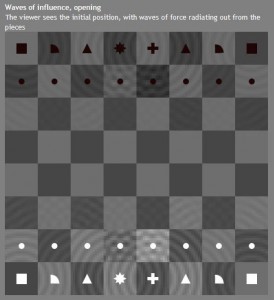
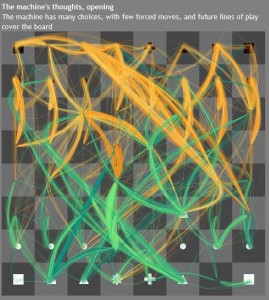
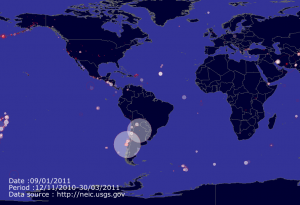
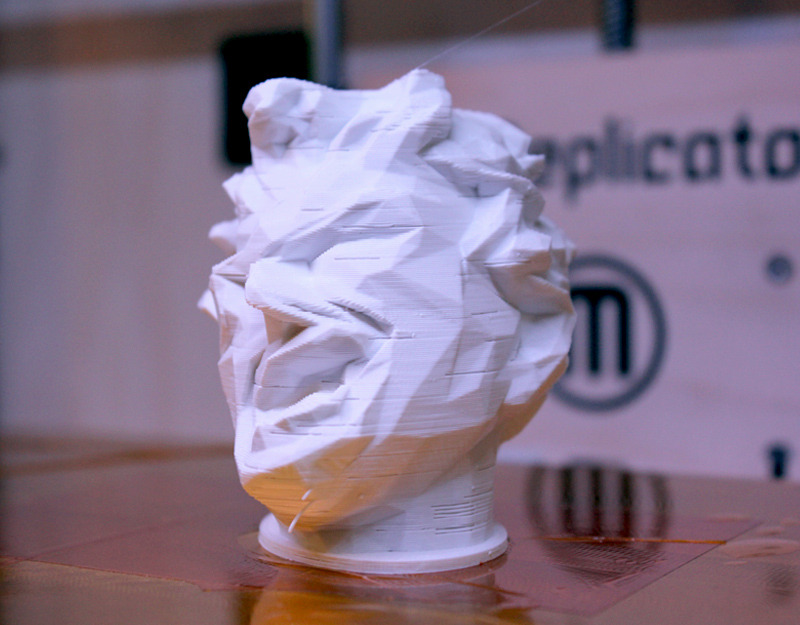
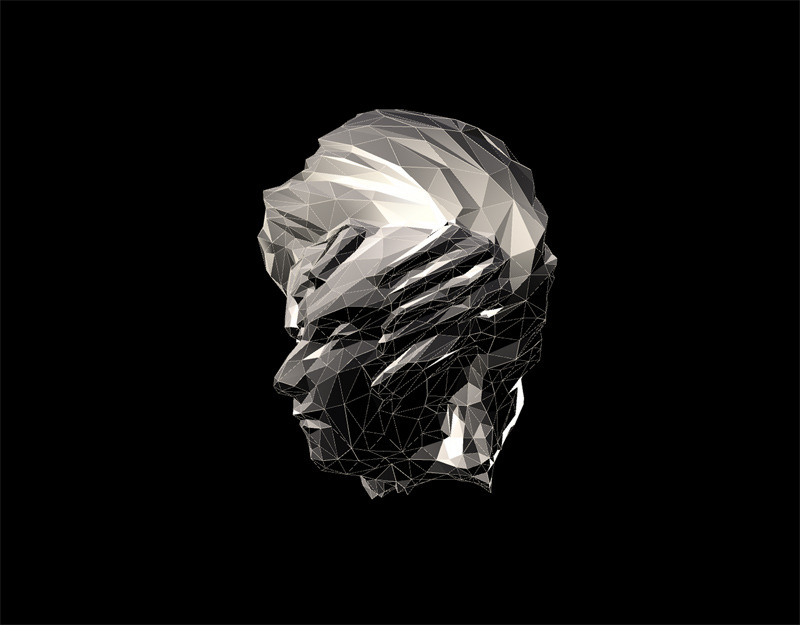
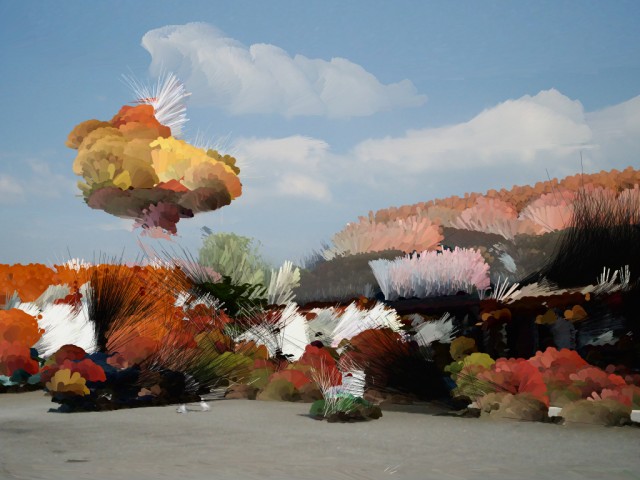



.jpg)




